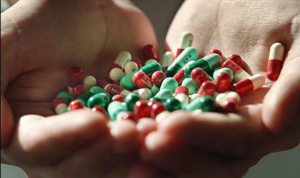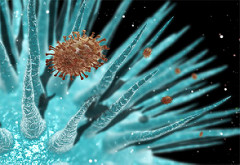Growing up, we have been told numerous times to drink at least four-to-six cups of water a day to stay hydrated. Water is an essential part of life, but what if I told you that drinking too much water can kill you? There are many studies that explain how over-hydration, especially when you are finishing a workout or have kidney issues may increase the risk of water intoxication. Water intoxication, also known as hyponatremia can be hazardous to your health and in a few cases lethal.

Drinking 3 Litres of water a day keeps you well hydrated. Credit: Chris Bishop http://teded.tumblr.com/post/142459697422/10-facts-about-water-your-body
How Can Over-hydration Kill You?
In this video, Science Insider a YouTube channel that primarily creates educational videos, explains how dangerous and harmful over-hydration can be.
Drinking faster than your kidney can process disrupts the balance of Sodium and water in the cells resulting in the cell swelling up and expanding. The video continues explaining how the continuous swelling of cells, especially brain cells leads to dizziness and brain damage.
Research Study on Water Intoxication
A study from Queen Mary University of London, explained that water consumption is indeed beneficial to the human body in healthy amounts. However, Exercise-associated hyponatremia (EAH) also known as water intoxication in marathon runners are more prevalent.
The study collected surveys on 298 participants who were all runners in the 2014 London Marathon, surprisingly only 48% of participants had knowledge about the effects of water intoxication and how much water should be consumed during the run. As study shows that 13% of marathon runners show mild symptoms of water intoxication. The saying “drink to thirst,” is known to be the most effective guideline to prevent water intoxication compared to “drink to max.” There isn’t enough proof that establishes when mild symptoms of water intoxication becomes symptomatic. But what is known is that hydration strategies is vital to the safety of participants that are involved in high physical activity.

Know your limit and stay within it! Credit: Chris Bishop http://teded.tumblr.com/post/142459697422/10-facts-about-water-your-body
The effects of over-hydration is lethal and should not be taken lightly! We’re all guilty of gulping down a few drinks or even consuming excess amounts of water after a workout, however we should definitely take a few sips back and think about how much water we really need.
Cindy San
Blog Post #1




